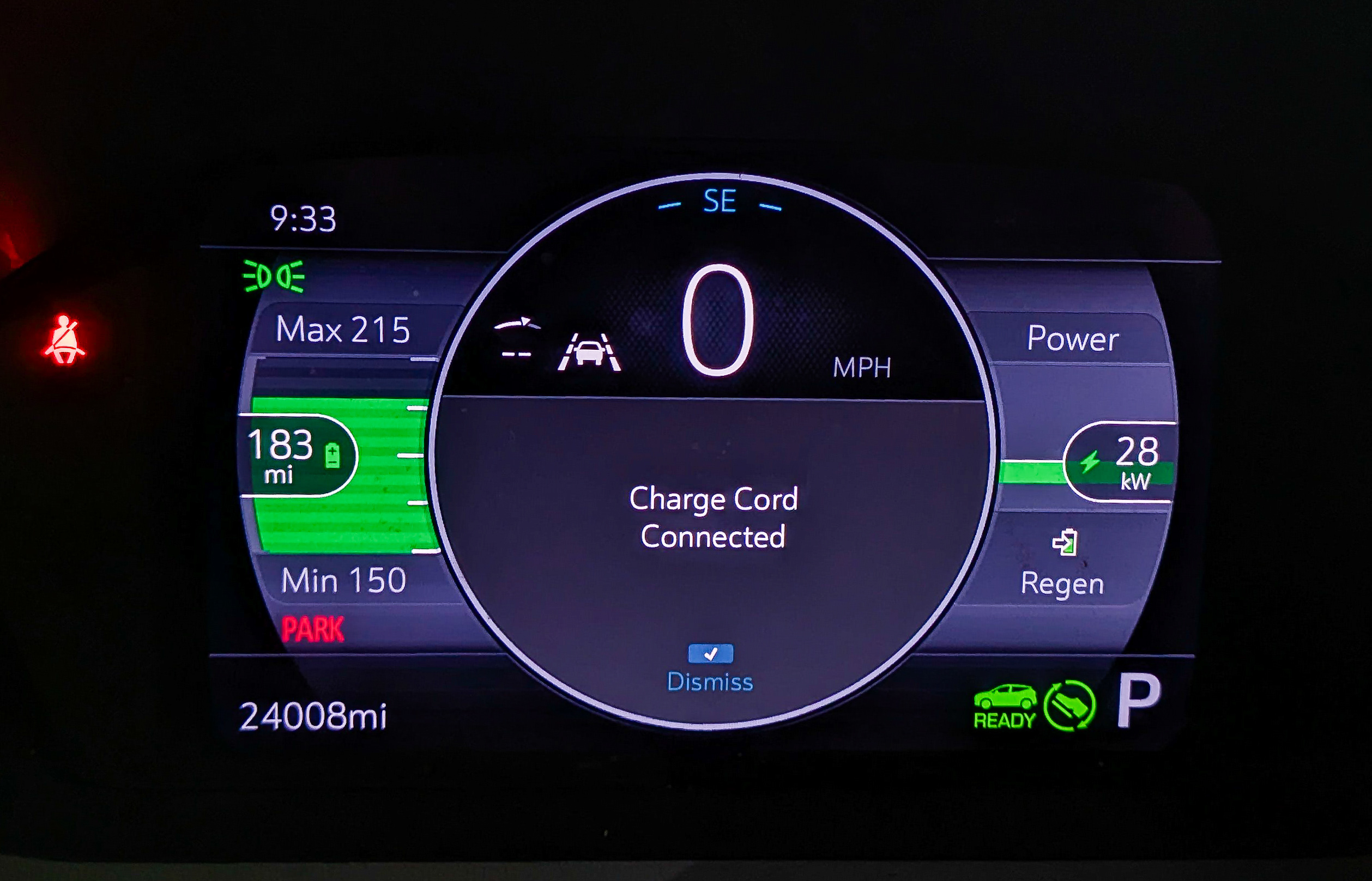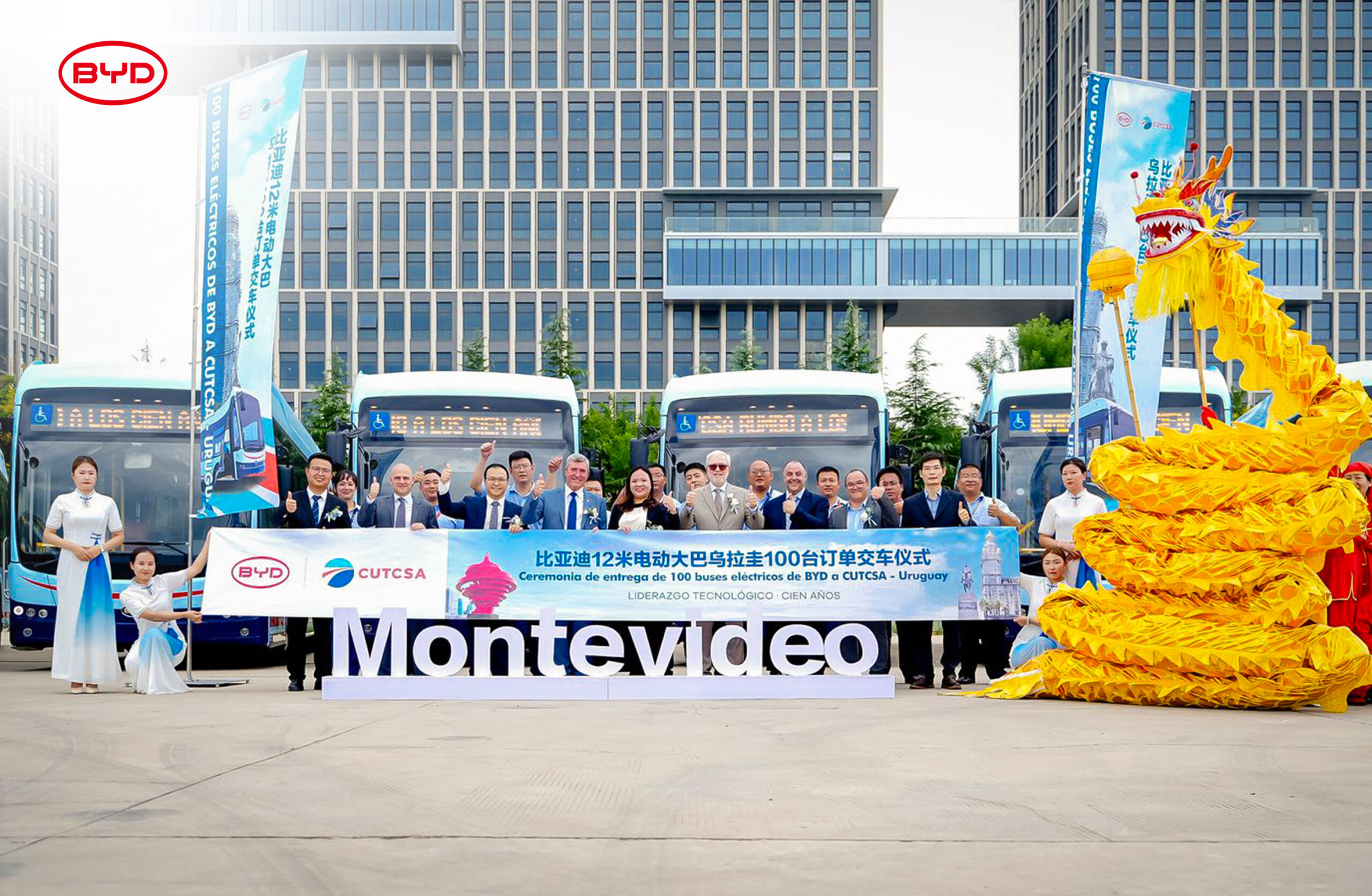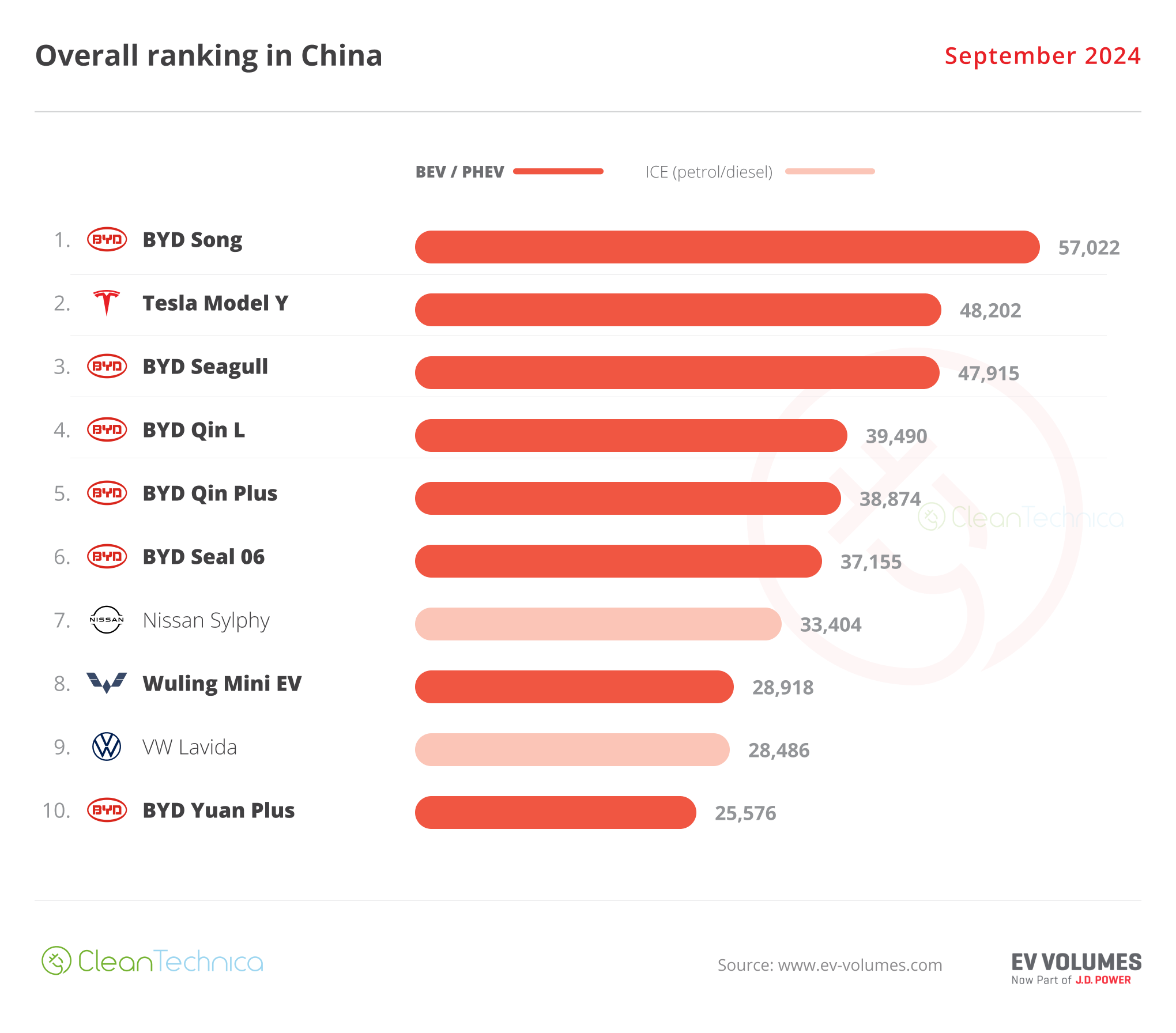Support CleanTechnica’s work through a Substack subscription or on Stripe.
The Mobility House focuses on charging systems for electric vehicles — despite what changes in the political winds may occur. It has a large presence in the US, but also works with partners in Europe as well as Singapore, Thailand, and India. In Europe, the company manages some of the continent’s largest depot charging operations, including V2G pilots in Germany and the Netherlands.
Gregor Hintler, CEO of The Mobility House North America, told Electrive recently the business case for charging systems comes with both opportunity and risk. While federal programs such as the Bipartisan Infrastructure Law and the EPA’s Clean School Bus Program, created during the Biden administration, helped boost the deployment of large-scale charging installations, these funds are now in jeopardy because the current administration deems them to be examples of fraud and waste.
Hintler said most federally funded programs for EV infrastructure are being phased out, which will have significant consequences for public sector projects in the years to come. A small light in the darkness is the restoration of funds for the NEVI public charging program that was announced recently, although grudgingly.
In Montgomery County in Maryland, The Mobility House is taking part in a signature microgrid project that Hintler says demonstrates how infrastructure can be future-proofed against policy reversals. The Brookville Smart Energy Bus Depot integrates solar panels, battery storage, gas generation, and ChargePilot smart charging software from The Mobility House.
That installation combines two megawatts of solar capacity, a 4 megawatt-hour stationary storage system, and 56 charge points — 7 Heliox stations, two pantograph chargers, and four Proterra chargers. The entire operation is managed by the company’s ChargePilot platform that makes it possible for fleet operations to continue even during grid outages.
Hintler views such projects as more than technical milestones. For him, microgrids are a political and economic statement. “This project represents resilience, not just operationally, but politically. It was designed to work independently of the grid, and that’s symbolic of where we see the market heading.”
ChargePilot ensures dynamic load management, distributing available power based on each vehicle’s state of charge and departure schedule. If the depot switches to island mode with limited capacity, the software automatically prioritizes essential charging to maintain fleet operations
The Mobility House is participating in multiple projects across North America. Its ChargePilot software is managing depot charging for the Metropolitan Transportation Authority in New York City and its expanding fleet of electric buses. In California, the company supports the Turlock Unified School District near San Jose, which operates electric buses with advanced load management to reduce grid impact. Hintler notes that these deployments demonstrate ChargePilot’s flexibility across different fleet types and grid contexts, from school districts to major urban bus networks and airport shuttles.
The Mobility House Focuses On Microgrids
Although support for vehicle electrification is rapidly shrinking at the federal level in the US, progressive states like California, New York, and Massachusetts remain committed to their climate targets. It’s more of an uphill climb than it used to be, as federal initiatives such as the Advanced Clean Trucks and Advanced Clean Fleets initiatives are targeted for elimination.
Hintler warns that repealing these regulations would eliminate fleet transition mandates, stalling market growth in affected states. “Most of the federally funded programs for EV infrastructure are being phased out. That’s not a projection—it’s a reality,” he says. However, sectors such as commercial logistics, waste management, and private shuttles remain economically viable for electrification without subsidies.
That’s why The Mobility House is putting more emphasis on these resilient markets alongside public transit and school bus projects. Hintler notes that the economics of electrification in heavy-duty fleets are improving rapidly due to reduced battery costs, improved vehicle range, and operational savings on fuel and maintenance. In other words, Adam Smith’s unseen hand still trumps ideology and ignorance.
But there is a subtext here as well. If Hintler is correct, any business model that is dependent on public financial or policy support has a potential flaw that could come back to bite it. Tesla is about to learn this lesson as payments for exhaust emission credits are reduced. The federal government no longer requires automakers to meet emissions standards or buy credits from others. That system has fed billions of dollars into the coffers at Tesla. The loss of that revenue will be significant, a reality that Tesla shareholders seem oblivious to.
EV Charging Infrastructure Is Still Growing
Despite public sector uncertainty, interest in expanding EV charging infrastructure by automakers and private fleet investment remains strong. Nearly $200 billion has been committed to EV and battery production domestically, with new factories coming online nationwide. Hintler believes that manufacturers often understate their progress publicly to avoid political backlash but remain fully committed to electrification strategies. “But behind the scenes, no one’s pulling back,” he says.
This bifurcation between a cautious public sector and an assertive private sector demands strategic flexibility, Hintler believes. The Mobility House is making it a priority to work with fleet operators who can extract operational returns independent of grants. While school bus projects remain politically attractive, they are vulnerable to funding cuts. Waste collection, logistics, and private shuttle fleets are continuing their electrification plans regardless of changes in policy at the federal level.
Technology must compensate for the lack of regulatory incentives and requirements, Hintler believes. Optimization using software tools becomes vital when electrification must stand on its own merits. Because of the flexibility of the ChargePilot platform — whether in grid-connected or microgrid-integrated mode — it makes certain that electric vehicles are charged efficiently regardless of policy shocks or grid constraints.
Strategic Realism
For Hintler, the global reach of the ChargePilot platform reinforces a simple reality. Decarbonization is moving forward even if new bumps in the road have been added. The economics, manufacturing commitments, and international direction remain too strong to reverse. The challenge now is adaptation — designing solutions that work despite policy fragility.
What is needed is strategic realism, he believes. The path forward is about resilience and integrating technological flexibility with market pragmatism. Projects such as Montgomery County’s microgrid show that The Mobility House is already building this future, one depot at a time.
There is a larger lesson here, which is that the relationship between utility companies and their customers — whether residential or commercial — is changing. Because of the rise of renewables, battery storage, and software platforms, the day when those customers no longer need utility companies is on the horizon. It won’t happen this year or even this decade, but it will happen. The utility industry is founded on the bedrock idea that utilities have a social license to operate as monopolies, but if people and business can generate their own electrons, that policy support may become irrelevant.
The only constant in life is change. Those who do not recognize the power of that maxim and who depend on government policies for their existence are always vulnerable to changes in those policies. It takes vision to be successful, something that The Mobility House has shown it has plenty of.
Sign up for CleanTechnica’s Weekly Substack for Zach and Scott’s in-depth analyses and high level summaries, sign up for our daily newsletter, and follow us on Google News!

Have a tip for CleanTechnica? Want to advertise? Want to suggest a guest for our CleanTech Talk podcast? Contact us here.
Sign up for our daily newsletter for 15 new cleantech stories a day. Or sign up for our weekly one on top stories of the week if daily is too frequent.
CleanTechnica uses affiliate links. See our policy here.
CleanTechnica’s Comment Policy




